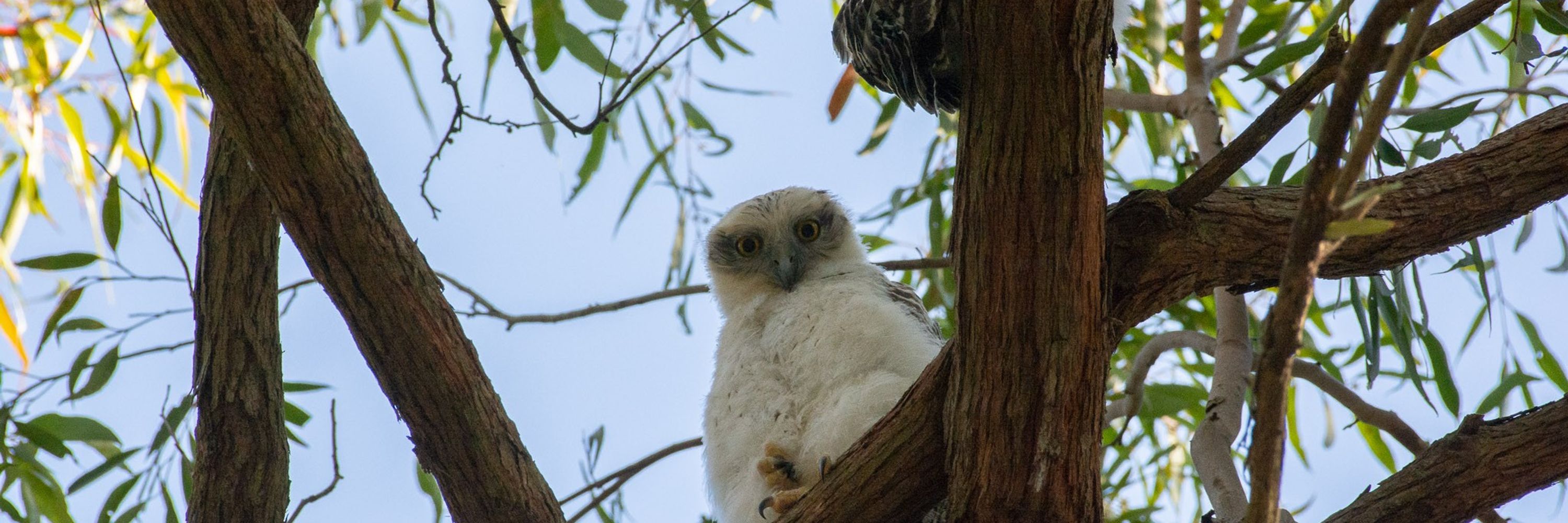
Bioacoustics & Machine Learning
Music: www.clnmusic.com/about
That being said, I think it will work well on other species with some tweaking!
That being said, I think it will work well on other species with some tweaking!


Step one is a neural network to classify the vocalisations, after which we segment the output and extract acoustic features.
Step one is a neural network to classify the vocalisations, after which we segment the output and extract acoustic features.

